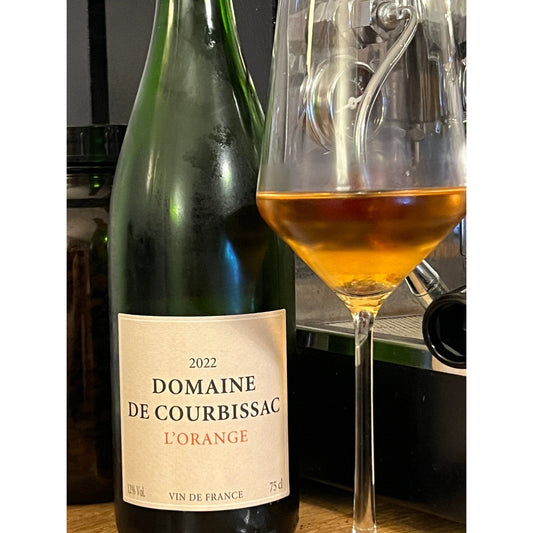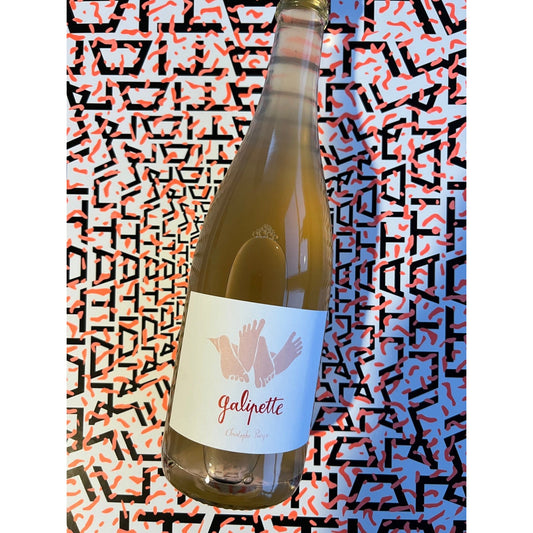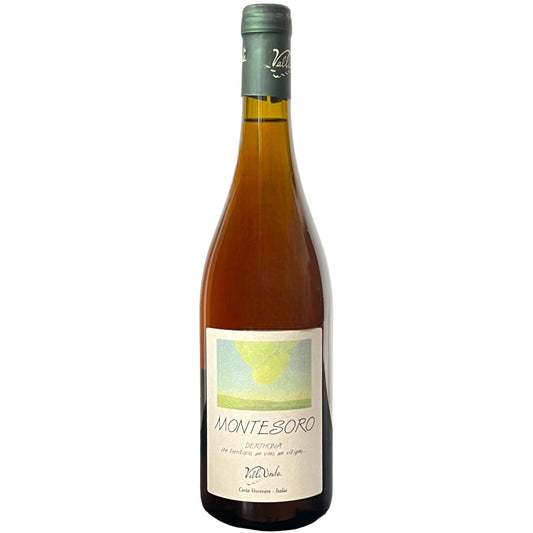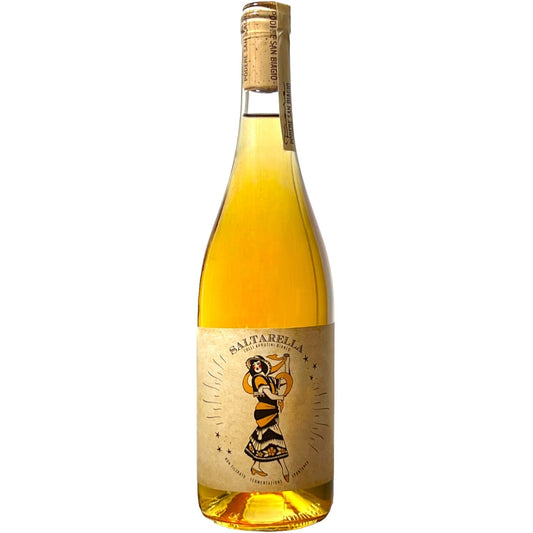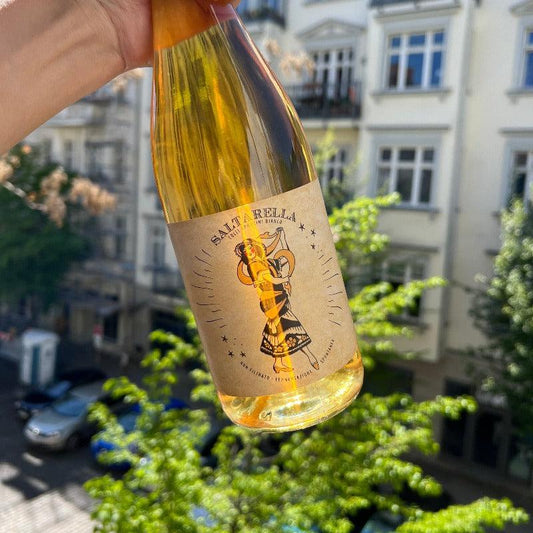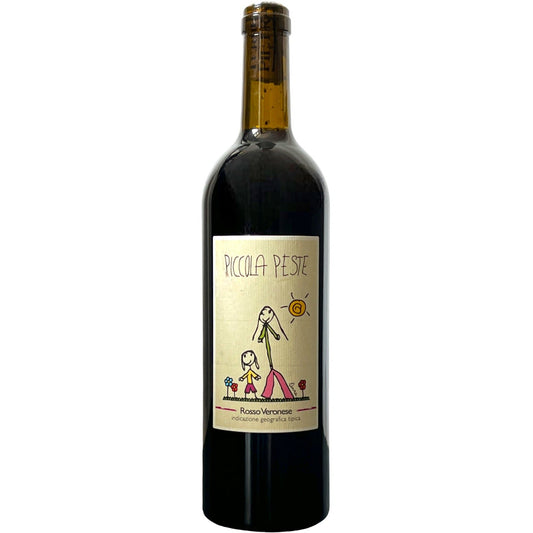Collection: Skin Contact Wine
Skin contact refers to how much time the wine has come in contact with the skins of grapes. Skin contact can last anywhere from a several days, to a few weeks or months, depending on the winemaker’s style. The amount of skin contact that juice has with grape skins determines the wine’s level of tannins, its flavor profile, and color.
"Skin contact" is a common term in natural wine, but here we are referring to skin contact in white wine. We know all red wines are made with the skin of the grape. How about white? Natural winemakers love to use many different techniques to make skin contact white. Skin contact white wine is not a new trend, it has been around for centuries. In Europe, they have a long tradition of making amber wine or orange wine. these wines are made with white grape but fermented and aged with the skin. The result is beautiful golden color juice. What does a skin-contact white wine taste like? It depends on the grape variety and how long the juice is in contact with the skin. Generally, you can expect a wine with more body and structure than a bottle of traditional white wine. The flavor can range from floral and fruity to nutty and savory.
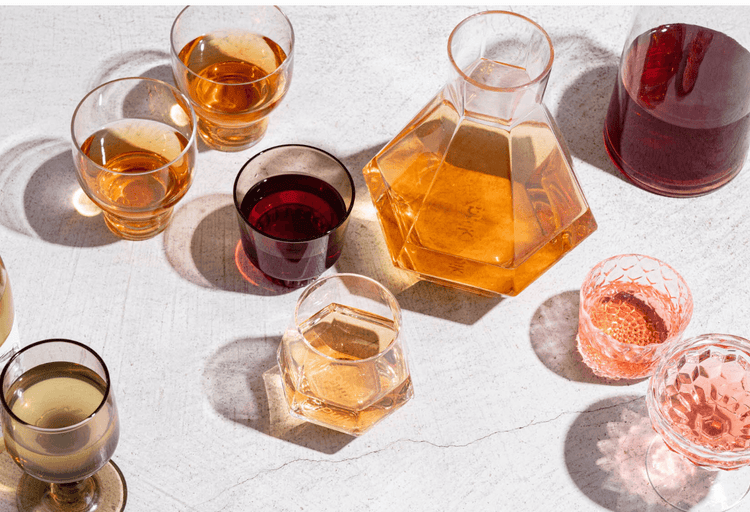
-
Don Pippinu 2021, Vini Scirto (Etna Orange)
Vendor:Vini ScirtoAmber Etna wine from 100-year-old vines 🟠Regular price HK$550.00Regular priceUnit price / per -
Leviatano 2024
Vendor:Cantina MartinelliHazy Pet-Nat with green apple & salty finishRegular price HK$270.00Regular priceUnit price / perHK$0.00Sale price HK$270.00 -
 Sale
SaleI 🧡 Orange Wine Pack
Vendor:THE EARTH WINERegular price HK$980.00Regular priceUnit price / perHK$1,090.00Sale price HK$980.00Sale -
In Albis sulle bucce
Vendor:FrascoleUnfiltered Orange, Rich Amber Magic 🟠Regular price HK$440.00Regular priceUnit price / per -
Trebbiano IGT
Vendor:Podere San BiagioPure & Bold (Orange Wine) 🟠Regular price HK$410.00Regular priceUnit price / per -
Neanderthal
Vendor:Cantina MartinelliUnique & Complex! (Orange Wine) 🟠Regular price HK$450.00Regular priceUnit price / per -
Saltarella Bianco
Vendor:Podere San BiagioFestive & Funky White 🟡Regular price HK$290.00Regular priceUnit price / per
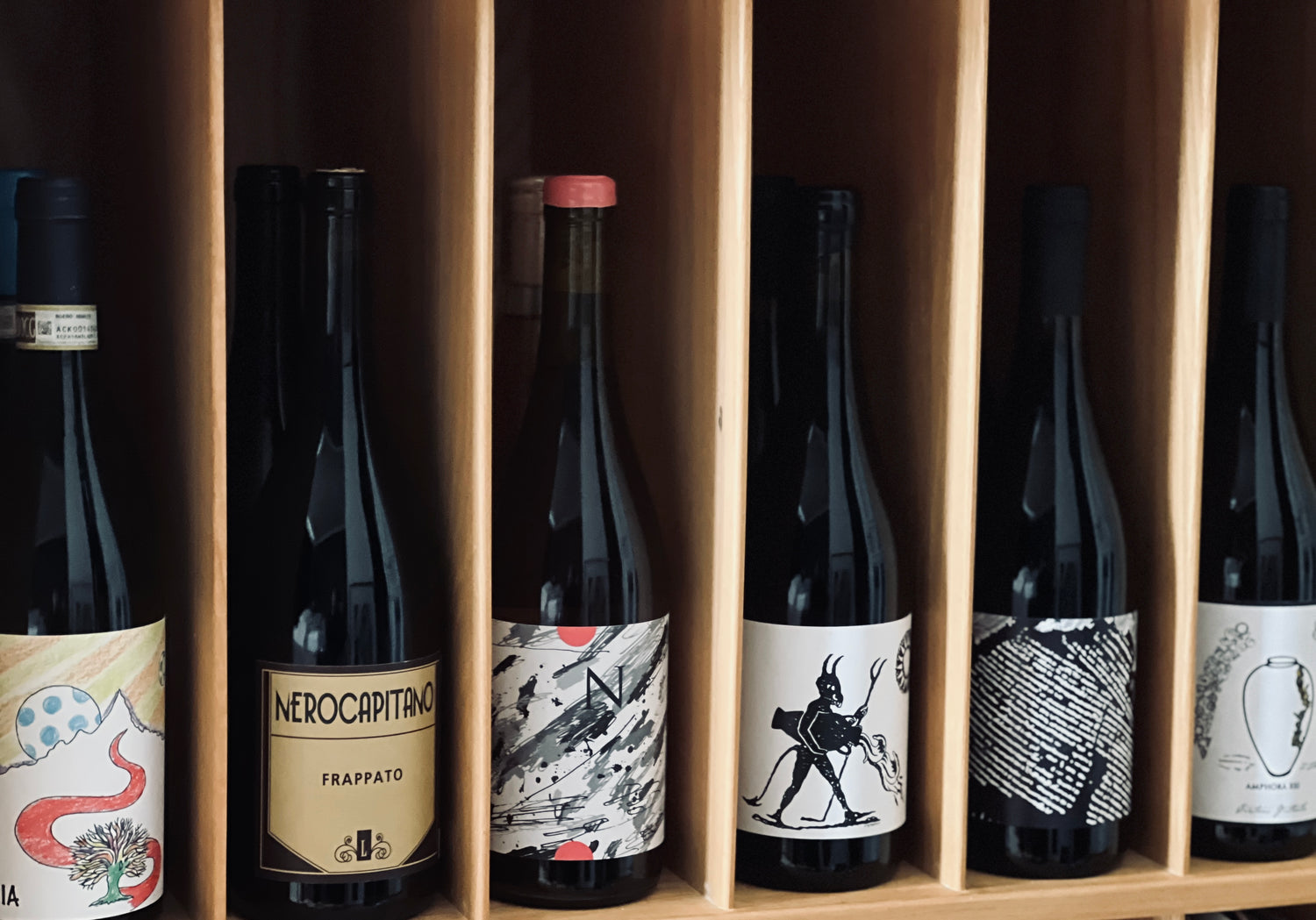
Natural Wine. Drink Better
There’s so much to be excited about when it comes to natural wine, and so much to learn. Not only are natural wines sustainably produced - goodbye synthetic fertilizers, harmful pesticides, and mechanical till-farming - but they taste so much more fresh and alive than conventional wines.
Independent growers and winemakers harvest grapes by hand, and are passionate about every step of the winemaking process, from the field, to the barrel, to the glass. There truly is a story in every bottle.
New Arrivals
-
Leviatano 2024
Hazy Pet-Nat with green apple & salty finishRegular price HK$270.00Regular priceUnit price / perHK$0.00Sale price HK$270.00 -
Gargantua 2023
Mineral-driven & Elegant White 🟡Regular price HK$290.00Regular priceUnit price / perHK$0.00Sale price HK$290.00 -
Trojan Horse 2023
Juicy red with raspberry & spice 🔴Regular price HK$280.00Regular priceUnit price / perHK$0.00Sale price HK$280.00 -
Neanderthal
Unique & Complex! (Orange Wine) 🟠Regular price HK$450.00Regular priceUnit price / per -
Pantagruele
Complex (Skin-contact White!) 🟡Regular price HK$340.00Regular priceUnit price / per -
Don Pippinu 2021, Vini Scirto (Etna Orange)
Amber Etna wine from 100-year-old vines 🟠Regular price HK$550.00Regular priceUnit price / per -
 Sale
SaleParticella 128
Classic method, Minerality Fizz 🫧Regular price HK$350.00Regular priceUnit price / perHK$380.00Sale price HK$350.00Sale -
Grolla 2022
Vibrant & Rustic Red 🔴Regular price HK$420.00Regular priceUnit price / per -
Barb & the Beast 2022
Fresh fruit notes, zesty finish 🫧Regular price HK$290.00Regular priceUnit price / per -
Piccola Peste
Light & Vibrant 🔴Regular price HK$290.00Regular priceUnit price / per -
 Sale
SaleTesta Calda
Distinctive red 🔴Regular price HK$420.00Regular priceUnit price / perHK$440.00Sale price HK$420.00Sale
NEW & POPULAR
View all-
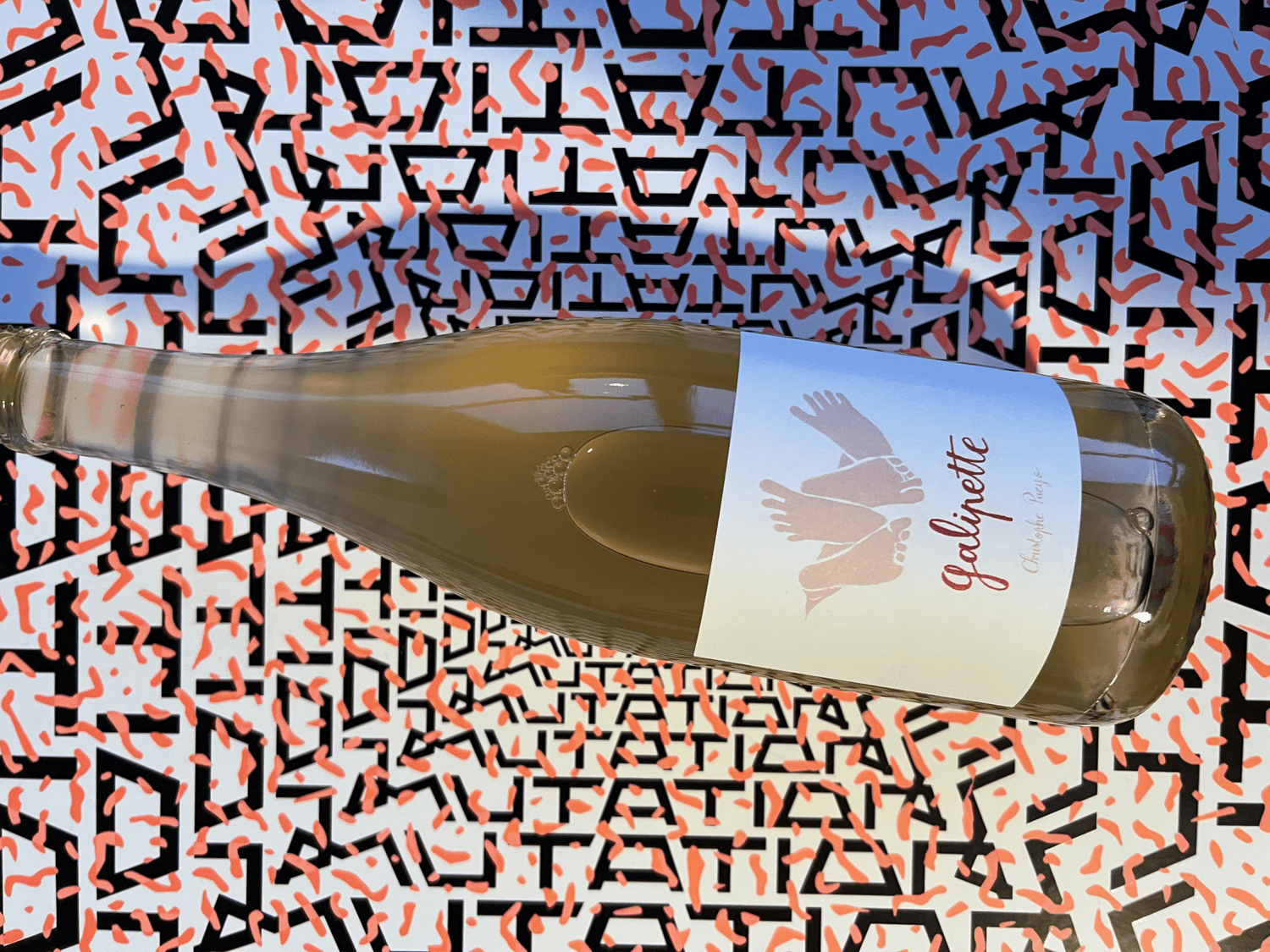
Sparkling (Pét-nat)
Pét-nats (pétillant naturel) are lightly sparkling wines whose bubbles come from fermenting the...
-
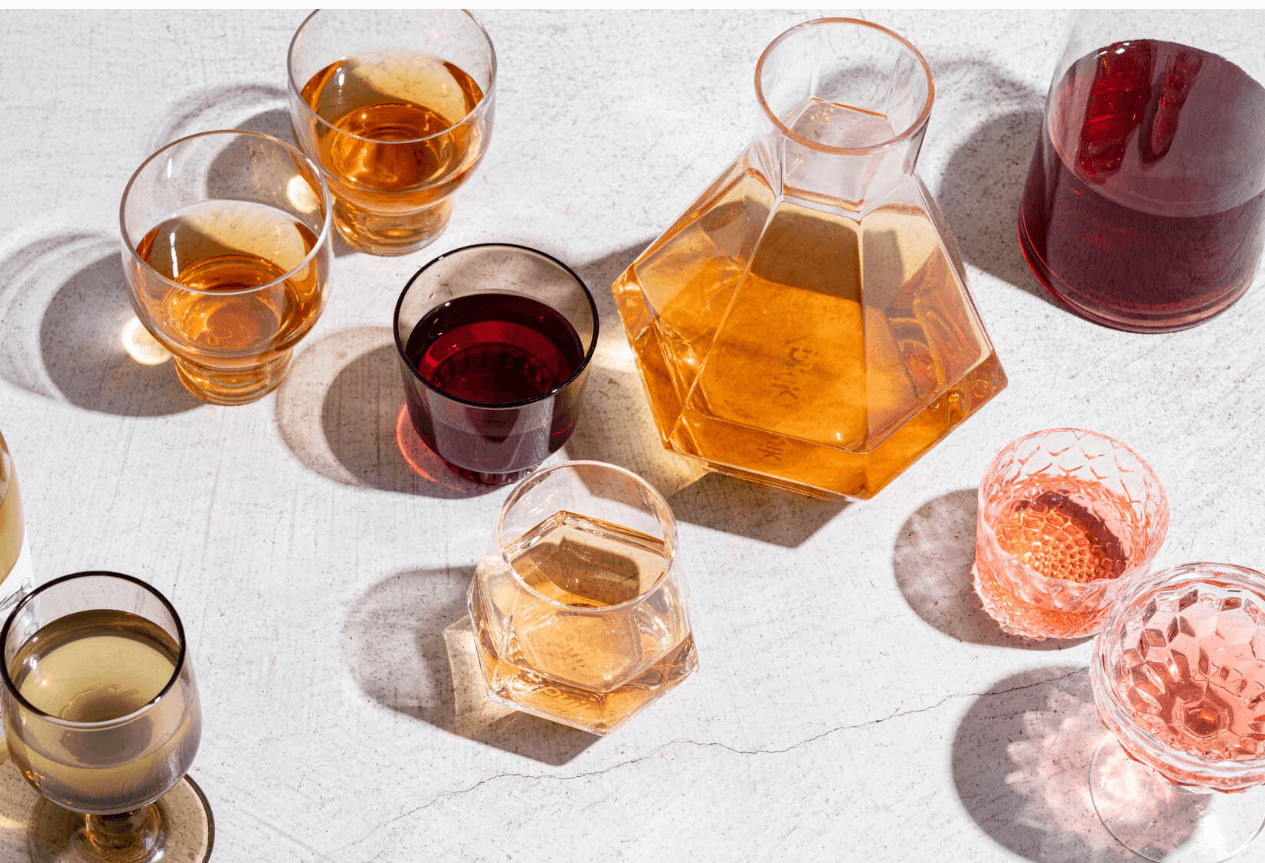
Skin Contact Wine
Skin contact refers to how much time the wine has come in...








